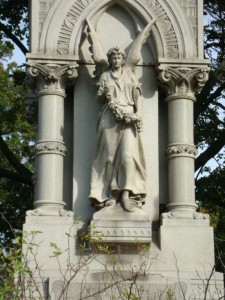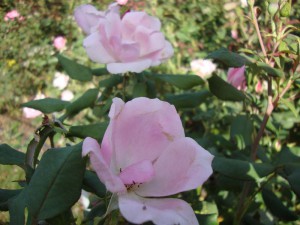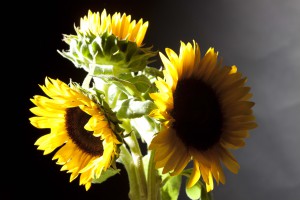Jessica Echevarria
Prof. Michaels
GRA 2330
New Photography 2012- MOMA
In class this semester we have examined different photograph styles, techniques, lighting, and some examples of work from famous photographers. The exhibit at the MOMA museum showed portraits, landscapes, political issues, social issues, and gender based photos. The theme that was most consistent was how they all evoked emotion related all around social issues. In this paper we will discuss the style techniques, used to evoke emotion in photography. Also how the artist is influenced by the subject they are photographing and how it is displayed to the audience.
The following works from photographers such as Michelle Abeles, Zoe Crosher, Birdhead, Carter Mull, Valie Export, and more display different styles, and how they influence much of today’s photography. In Michelle Abeles photos she used objects such as terra-cotta, wine bottles, newspaper, printed fabrics, and nude male subjects. All these material are cropped and meshed together to create a distorted and confusing image. She started combining photography and placing digital work in them. This is how photography is used today on computer screens. Artist Zoe Crosher composes self portraits in her works. Her works show a feminist role when she dressed as a nurse and emulates Mae West in those photos in the 1930s. She has different stills of herself in the nurse’s outfit in different tones. The ones where she appears as Mae West she looks strong, confident, and seductive. Crosher manipulated photos such as we do today digitally; she crumpled, re-photographed, and placed them on metallic paper making them shimmer.
The photos that Robert Heinecken produced involved magazine page light sensitive paper, and then exposing it to light. His image showed vanity and consumption and show recto/verso and how media culture influences us today. Another feminist photographer was Valie Export she in the photo she contorts her body to fit against the sidewalk protesting against conformant. The shapes in her photo fit the built of reality in photography. I believe that the artist show’s early styles that are used in modern photography today. In export photography we see how strong lines and shapes in the human form are used today and in her work. We can see how social issues are displayed with different styles to make the photos appear strong in this exhibit.
I was most impressed by the wide range of artist such as the works of Grete Stern and his work “Suenos” which uses the psychoanalysis of dreams. It also uses two photograph combined together using photo manipulation. The woman is the stem of the lamp in which the man is going to grab hold of. I would’ve liked to see more work from a certain movement or protest period such as the seventies. It was impressive to also see the combination of early styles of photo manipulation, digital composition, figures, and lines that we use in modern photography now. The intended audience is the photographers of today to be inspired by the environment around them, digital styles, social issues, and also use others work to inspire their own. This exhibit helped me see how digital and photographic work can create an emotional and compelling feels too many of the thing we produce today. In seeing old photographer work I was able to see how they used their own inspiration to be creative and out of the box.






